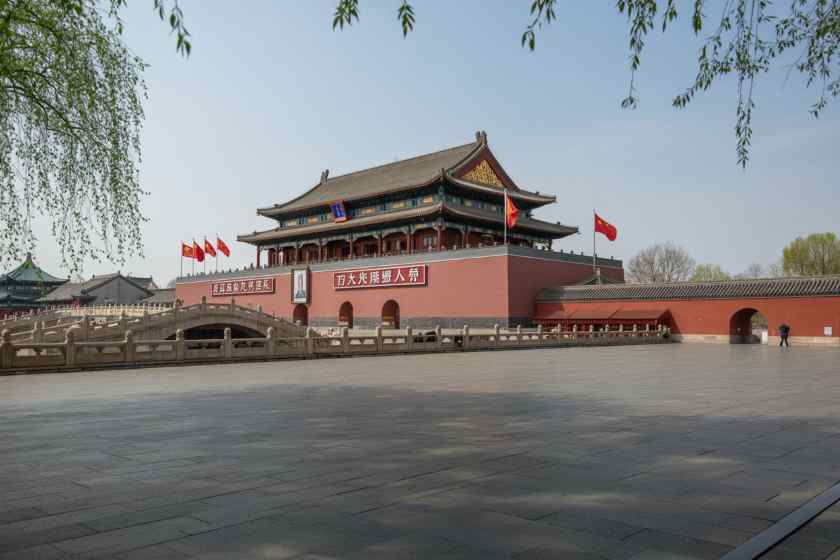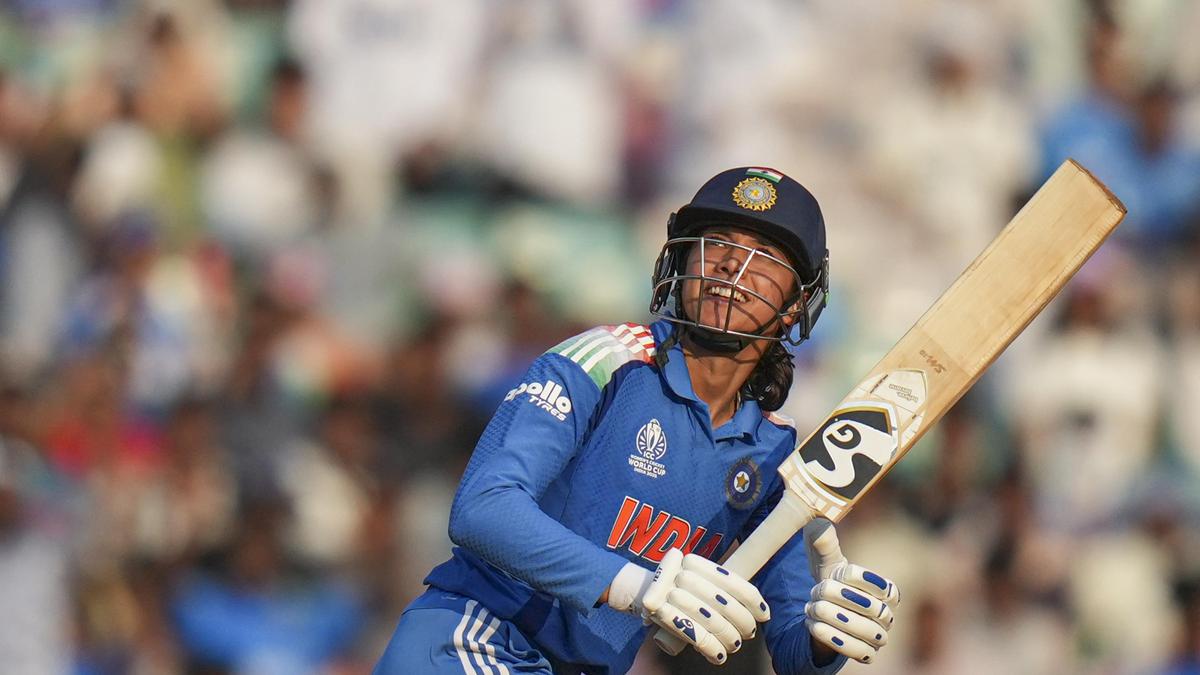Saudi Arabia gets tennis ATP Masters 1000 tournament it craved, as early as 2028

Saudi Arabia will host an ATP Masters 1000 tournament as early as 2028, in the latest move in nearly three years of power battles, negotiation and inertia that have come to dominate the top of tennis.SURJ, the sports division of the kingdom’s Public Investment Fund (PIF), and the governing body of men’s tennis confirmed Thursday that the event will be a 56-player draw over one week. It will not be a mandatory event.The exact timing and venue of the tournament remains uncertain, though it is mostly likely to occur in February, the same month the ATP Tour holds smaller events in Doha, Qatar and Dubai, United Arab Emirates.Andrea Gaudenzi, the chairman of the ATP Tour, suggested Thursday that there could be two tournament swings in February: one in West Asia and one in South America. He did not commit to any firm plan before the end of 2026. February currently has 10 tournaments on four continents.The base prize money will be in line with other ATP Masters 1000 events.“This is a proud moment for us and the result of a journey that’s been years in the making. Saudi Arabia has shown a genuine commitment to tennis – not just at the professional level, but also in growing the game more broadly at all levels. PIF’s ambition for the sport is clear, and we believe fans and players alike will be amazed by what’s coming,” Gaudenzi said.“Our focus is on ensuring that we deliver a world-class tennis tournament, and 2028 we believe to be a time that meets the infrastructure build requirements,” SURJ chief executive Daniel Townsend said.For the moment, it represents a contraction in ambition and investment from Saudi Arabia, which had pushed for a mixed 1,000-level event to start the tennis season in January when it initially began pursuing ownership of a tournament in 2023. That scale of event may still come to pass in the future.“Our ambition is to own an event, in the kingdom, both genders, having it play a meaningful role in the tennis calendar,” Townsend said during an interview at a summit in England in September. The season-ending WTA Tour Finals is in Riyadh, Saudi Arabia, until at least 2027.In 2024, Gaudenzi presented that hypothetical tournament as the central component of a roughly $1 billion Saudi investment in tennis. That investment has mostly come to pass, but through more diffuse vehicles and in lower amounts than originally pitched, with questions remaining about how this event will ultimately fit into a tour schedule that players have long complained is too intense, and which contains too many tournaments.The impact of this new tournament will continue to reverberate as the plans for it solidify, even before a first ball is struck on its courts. Players are pressing for higher proportions of revenue from a smaller number of tournaments per season. The Grand Slams and the ATP (men’s) and WTA (women’s) tours are still pushing for greater control of their versions of a philosophically similar remaking of the sport: a streamlined schedule that features the top players playing the biggest events, and with less of an obligation to play anything else.How did tennis get here?This top-level men’s event will be a far more modest feature of the tennis calendar than the Saudis’ original proposal. Its planned kickoff combined event ahead of the Australian Open, with nearly 200 of the best men and women in the world, nearly upended the sport back in 2024.It has largely been overtaken by the inertia that has occupied professional tennis’ attempts to reform itself over the past few years. Shortly after the $1 billion investment proposal, the four Grand Slams formalized their plan for a “premium tour”: a calendar comprising Wimbledon and the Australian, French and U.S. Opens, alongside 10 more top-level tournaments run through the ATP and WTA.Just under a year later, the tours presented the Grand Slams with their version: essentially the same plan, but with more smaller events and a board comprising representatives for the Grand Slams, the tournaments and the players. The Grand Slams rejected the ATP and WTA plan out of hand.Neither plan has gone beyond decks and discussions. In the meantime, Saudi Arabia’s sovereign wealth fund and its other investment vehicles have slowly embedded themselves into tennis, paving the way for the thing they really wanted: a tournament.“For us it’s about moving from renting assets to owning assets,” Townsend said during the September interview.“There’s no point us bringing a tennis tournament to Saudi and then hoping that fixes anything. We’ve got to coordinate our efforts to drive participation and engagement because it’s just not there.”The PIF has its name on the men’s and women’s rankings and funds a maternity program for the women’s tour. The WTA Tour Finals will take place in Riyadh through 2027; the ATP Tour’s Next Gen showcase for young talent is in Jeddah. The kingdom is home to the richest exhibition event in the sport, the Six Kings Slam. In the 2024 edition, each of the six participants in the three-day exhibition took home a guaranteed $1.5 million and Jannik Sinner, the world No. 1, won $6 million, the most awarded to the winner of a tennis event. Sinner won $6 million again this year.How tennis got to this place is a story that transcends the sport, and others as well. It is part of a wider effort by the country’s leader, Mohammed bin Salman, to grow Saudi Arabia from a petroleum kingdom into a destination for events in sports and entertainment, funded by its petroleum riches. Its human rights record has been extensively criticized, with organizations and charities labeling its pursuit of sporting acclaim as sportswashing of its treatment of women, LGBTQIA+ people and dissidents against its ruling regime. The PIF has declined to comment on its relationship with the Saudi state.Its initial strategy of fast, large investments upended golf, after the kingdom invested hundreds of millions of dollars to sign top players to a rival to the PGA Tour, dubbed LIV Golf. Those efforts sparked an expensive litigation and garnered a stream of negative publicity. Golf’s leaders, its players, and the PIF are still trying to work out the details of a deal to reunite the tours.The kingdom has taken a different tack in tennis. Saudi Arabia wanted to become a significant force, more significant than its near neighbors, Qatar and the United Arab Emirates. Both countries host WTA 1000 events, but their ATP Tour events are 500-level. Saudi Arabia’s designs on a combined ATP and WTA 1000 event would have eclipsed them.The tennis calendar is a complicated thing. It’s already overcrowded at the top level, and it’s about to get a little more crowded, as the ATP Tour tries to make room.Gaudenzi originally wanted to schedule this tournament for the first week of the season. Tennis Australia’s Craig Tiley and his partners at the other Grand Slams have so far stopped that, because it would have subsumed the warm-up tournaments for the Australian Open.Other factors complicated the prospect of a January event in the kingdom: top players had little appetite for opening the season with a 1,000-level event before flying 15 hours and eight time zones to the year’s first Grand Slam. The WTA Tour, which already has 10 1,000-level events, didn’t have room for another one. Approval would have required complex negotiations with all the owners of its top-level tournaments.So Saudi Arabia’s ambitions slowly contracted, from a combined event to a men’s one; from a 96-player draw to a 56-player one; and from January to February. That meant more negotiations with the organizers of the events in Qatar and the United Arab Emirates, which delayed the event’s formalization until this fall.“It’s too early to speculate on the impact that the Saudi Arabia Masters 1000 will have on any particular region or event,” an ATP Tour spokesperson said.“The tournament’s place in the calendar has not yet been confirmed, and those discussions will form part of the broader 2028 calendar planning process. That process will include extensive consultation with our members, alongside discussions around calendar optimisation. The goal is to ensure the most balanced and sustainable global calendar possible, in line with the Tour’s long-term vision.”According to people involved with the negotiations who spoke on the condition of anonymity because they were not authorized to speak publicly about confidential discussions, the owners of the Qatar and Dubai events do not want to leave the men’s tennis business and relinquish their licenses. In the ATP Tour’s ideal 2028 calendar, those tournaments would occur before the new event in Saudi Arabia, because they are 500-level, one below a Masters 1000. That would let the new event lead into the Sunshine Double of the BNP Paribas Open in Indian Wells, Calif., and the Miami Open, both of which are also ATP Masters 1000s.But the Dubai Tennis Championships currently occupies the last week of February, along with the Mexican Open in Acapulco, another ATP 500. The Qatar and Dubai events could slide ahead in the calendar, but that would require significantly changing the heart of South America’s main tennis season, which runs through the second month of the year.February is also the shortest month of them all, while already being a seriously crowded one. There are 10 ATP Tour tournaments, plus Davis Cup qualifiers to squeeze in. Those tournaments take place on four continents and two surfaces: hard courts in Europe, North America and West Asia, and clay in South America, where stadiums are packed with the sort of passionate crowds the sport dreams of having every week.Gaudenzi suggested that there could be two runs of tournaments — one in South America and one in the Middle East — but described it as a “challenge to execute.” That would mean moving the events in Europe to the end of the season, and possibly changing the surface of the South American events from clay to hard courts. It would also mean changes to the Dallas Open, which was only upgraded to a 500-level event in 2025.There is time to figure out this tennis calendar Tetris. By late 2026, this should all be hashed out, but it will involve a reckoning with the tennis calendar — and its would-be status as a global sport — that has been a long time coming.












